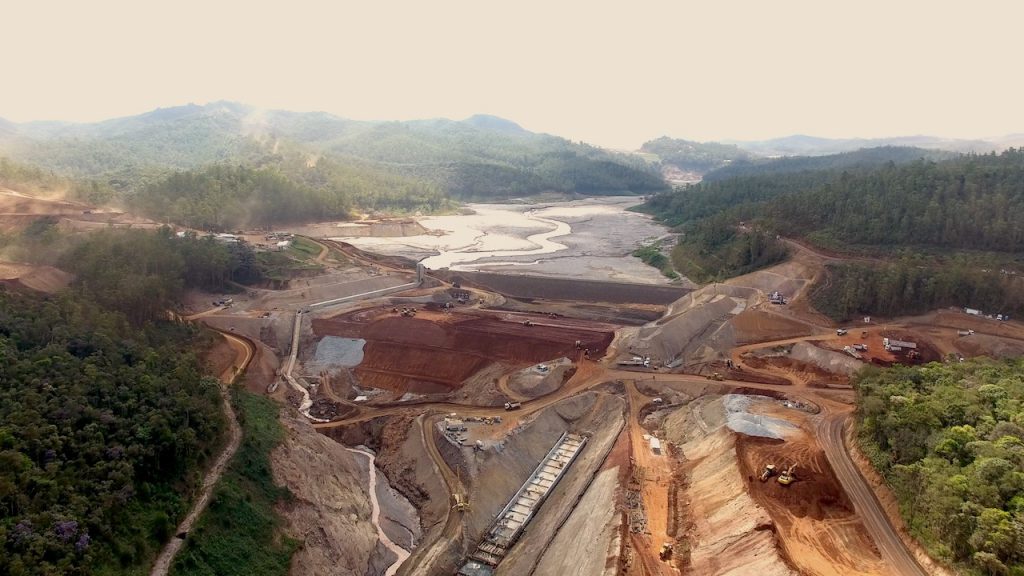TransCanada, Nebraska agree to reroute pipeline away from sensitive aquifer

TransCanada Corp. (TSE:TRP), the company behind the $7 billion Keystone XL pipeline project, has reached a deal with the state of Nebraska to reroute the proposed pipeline around an environmentally sensitive aquifer.
The decision was announced late Monday at a news conference from the Nebraska state legislature.
A bill was earlier introduced that would divert the pipeline away from the ecologically sensitive Sandhills area.
Under the deal reached today, and to be voted on Tuesday, the state will pay for studies to find a new route to avoid the Ogallala aquifer which provides water for millions of people in the area.
“I am pleased to tell you that the positive conversations we have had with Nebraska leaders have resulted in legislation that respects the concerns of Nebraskans and supports the development of the Keystone XL pipeline,” Alex Pourbaix, TransCanada’s president, Energy and Oil Pipelines, said in a statement. “I can confirm the route will be changed and Nebraskans will play an important role in determining the final route.”
The pipeline has attracted opposition mostly in the United States, led by a chorus of environmental groups and celebrity activists, who claim the pipeline will increase greenhouse gas emissions, import “dirty tarsands oil” from northern Canada and put precious water supplies around Nebraska at risk.
A decision on the project has been expected by the White House by year-end, but last week the United States said it would not commit to the project for another 18 months, until after the 2012 presidential election. That led the Canadian government, which strongly backed the project, to express bitter disappointment and look at other options for exporting landlocked Canadian oilsands crude.
If approved, Keystone would help Canada move closer to the international benchmark for crude instead of US pricing which trades at a discount of more than $20/barrel. Canada currently pumps 2 million barrels per day to the US, with more than half coming from the oilsands.
{{ commodity.name }}
{{ post.title }}
{{ post.date }}

5 Comments
Rig-cook
Wow!! If this is allowed to go thru a different route, which it inevitably will because money is always the number one incentive, not concern for the environment, wouldn’t the problems and concerns remain the same? I agree with Obama. The final say should be announced after the 2012 Canadian Presidential Election.
troy
The water issue is just the something they are using to play patty cake and try and stop the pipeline completely. 9 chances out of ten they do not care they just want to stop someone.
Almost all companies in North America are pro-active.
The only true way to reduce greenhouse gases is a major population decrease. Maybe a new disease that does not care about country or social affiliation will be the determining factor for those that appreciate the beasts more than their fellow humans. Maybe growing wheat in Greenland would not be such a bad thing really….
Neil
Why not get the pipeline to the coast going so we can sell to the Chinese and then up the price to Americans to world prices? I am sure Iran will sell them clean enviromental safe oil!
RVN Draftee
I’m taking bets on whether this agreement will satisfy the environmentalists. Any takers?
ThEMaCdD
The question people should be asking is…”Why do we need to pump oil tarsands to the states in the first place?”
Why the heck aren’t we going after the government to help and support the building of MORE refineries right here in good ol’ CANADA?
That’s ALL we need folks. Yes I know it will “cost” more to do that…but who cares right? At least we will NOT be held at gunpoint to the States every political whim.
Having said that…I fear it might be too late for that idea…seeing as how all the oil companies have already been auctioned off to none Canadian owners…we as citizens have virtually no chance of being heard.
To suggest that we ship everything to the Chins is probably THE worst option. I am sick and tired of seeing everything I buy stamped “Made in China, Philippines, japan, india, korea,etc…”
Lets flood the market with something made proudly in “CANADA”!!!